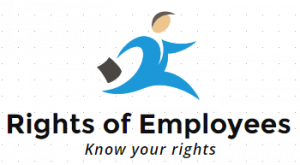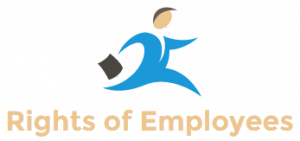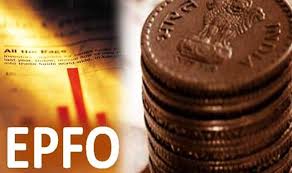EPF or employee provident fund should only be withdrawn at the time of retirement, say financial planners. To encourage subscribers to transfer their money to a new EPF account rather than withdraw the sum, EPFO (Employees’ Provident Fund Organisation) has taken many initiatives. EPFO’s “One Member – One EPF Account” facility can be availed by subscribers after logging into the EPFO’s member-interface website and accessing the “Online Services” tab. An EPFO subscriber can also take advance from EPF deposits in specific cases such as purchase/construction of house, repayment of loan, marriage of self/daughter/son/brother, medical treatment of family member etc. (Also read: Shifting jobs? Here’s how to merge your old PF accounts online)
10 Things To Know About EPF Withdrawal
1) According to current rules, an EPFO subscriber can withdraw his or her EPF balance after remaining unemployed for two months.
2) If the EPFO subscriber has contributed towards his or her employee provident fund or EPF for a period more than five years, the amount received upon withdrawal is exempted from income tax.
3) In case of employment with different employers, if the PF balance maintained with the old employer is transferred to the PF account of the new employer, it is considered a continuous employment.
4) If an employee has been terminated because of certain reasons beyond his or her control (such as ill health and discontinuation of business of employer), the withdrawal does not attract any tax, irrespective of the number of years of employment.
5) In case of a withdrawal before five years, the amount becomes taxable in the same financial year.
6) Thus, the amount has to be shown in your tax return for the next assessment year. The employer’s contribution to PF and interest earned on it is added to one’s income and taxed accordingly.
7) In addition, if you have claimed benefits under Section 80C on your own PF contribution, it will be taxed as salary. The interest earned on your own contribution will be taxed as ‘income from other sources’ and taxed according to the respective tax slabs. (Read more)
8) A recent ruling by the Income Tax Tribunal upheld a law which states that the interest accumulated in your EPF or employee provident account after you quit the job is taxable.
9) This means if you delay withdrawal after leaving employment, any interest accrued thereafter shall be taxed.
10) Partial withdrawal: An EPFO subscriber can take advance from EPF deposits for purposes such as purchase/construction of house, repayment of loan, non-receipt of wage for two months, for marriage of self/daughter/son/brother, for medical treatment of family member etc. For each type of partial withdrawal/advance, the amount varies and the employee needs to meet specific criteria to be eligible for the advance. One can also apply online through EPFO’s member’s portal for an advance/partial withdrawal.













